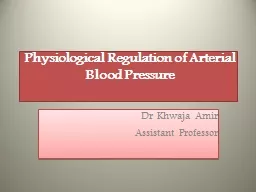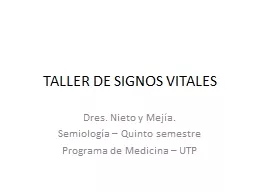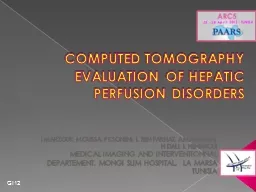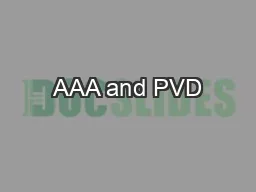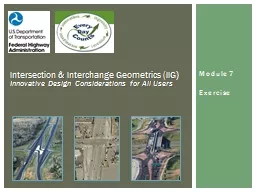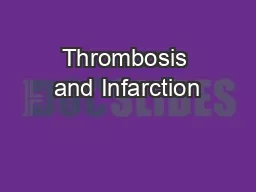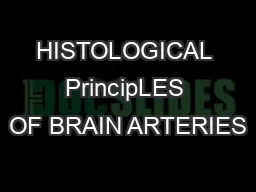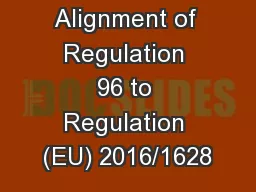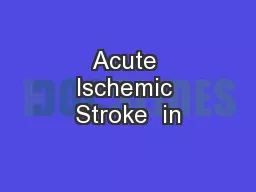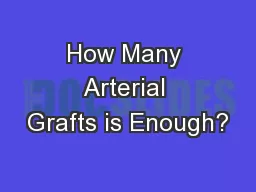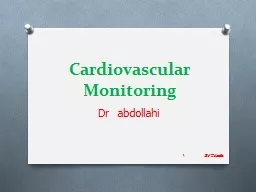PPT-Physiological Regulation of Arterial
Author : celsa-spraggs | Published Date : 2018-12-16
Blood Pressure Dr K hwaja Amir Assistant Professor Objectives By the end of this session the student should be able to Outline the different mechanisms involved
Presentation Embed Code
Download Presentation
Download Presentation The PPT/PDF document "Physiological Regulation of Arterial" is the property of its rightful owner. Permission is granted to download and print the materials on this website for personal, non-commercial use only, and to display it on your personal computer provided you do not modify the materials and that you retain all copyright notices contained in the materials. By downloading content from our website, you accept the terms of this agreement.
Physiological Regulation of Arterial: Transcript
Download Rules Of Document
"Physiological Regulation of Arterial"The content belongs to its owner. You may download and print it for personal use, without modification, and keep all copyright notices. By downloading, you agree to these terms.
Related Documents

